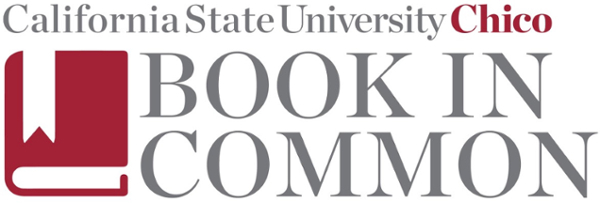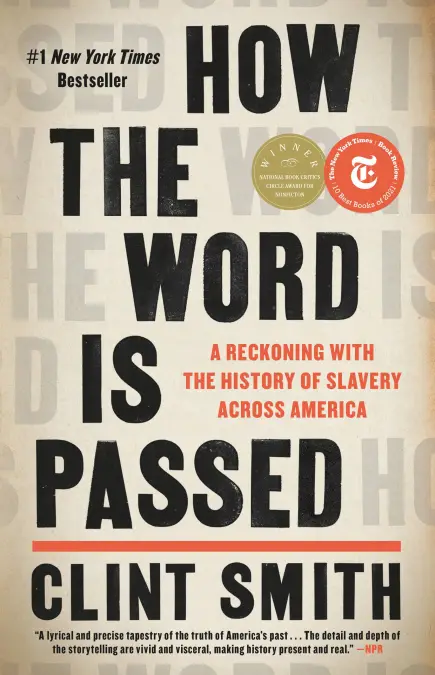- Throughout the book, Smith describes his travel companions (or tour companions) in great detail. How does a travel companion change one's experience of a place of memory? Compare and contrast Smith's solo tour of Blandford with his experiencing of Gorée with Momar.
- The teaching of slavery in school runs through How the Word is Passed. How do Momar's memories of his education (p. 241) compare with Smith's, and how do they compare with the educations that students receive at the Maison de'Education Mariama Bâ (pp. 258-69)? Or with the students who participated in the Galveston Island Juneteenth commemoration (pp.177-78)?
- How does Smith describe his experience at the Door of No Return (pp. 245-47)?
- What is the "memory" of Gorée, as recounted by Sam and Eloi (pp. 245 and p. 250)?
- What is the "history" of Gorée, as recounted by the "experts" (p. 251)?
- Discuss the conversation between Momar and Smith about the similarities between the monument controversy in Senegal and the US (pp. 255-57).
- According to Hasan Kane, a teacher at he Maison de'Education Mariama Bâ, how is slavery taught at his school? How do the students explain it?
- How does Eloi Coly, the curator and site manager of the House of Slaves, explain the difference between "memory" and "history" (pp. 247-55)? Why is this difference so significant in our reckoning with the history of slavery? In your response, you might consider the scholarly attacks on the "inaccuracies" at the Whitney Plantation. Read and discuss the conclusions that Smith draws on pp. 267-69.
Gorée Island
Discussion Questions
Resources
- Island of Gorée. UNESCO.
- On Board: Behind the Scenes with The President & The First Lady at Gorée Island. The Obama White House.
Available in Meriam Library
- Albert, Taneshia W, and Lindsay Tan. “Through the House of Slaves: A Memorial to the Origins of the Black Diaspora.” Art & the public sphere 10, no. 1 (2021): 17–36.
- Fabian, Steven. “Rethinking History: East Africa’s Gorée: Slave Trade and Slave Tourism in Bagamoyo, Tanzania.” Canadian Journal of African Studies 47, no. 1 (2013): 95–114.
- Fofana, Dalla Male. “Senegal, the African Slave Trade, and the Door of No Return: Giving Witness to Gorée Island.” Humanities 9, no. 3 (2020).
- Frith, Nicola, and Kate Hodgson, eds. At the Limits of Memory: Legacies of Slavery in the Francophone World. Liverpool: Liverpool University Press, 2015.
Additional recommendations? Email bic@csuchico.edu


